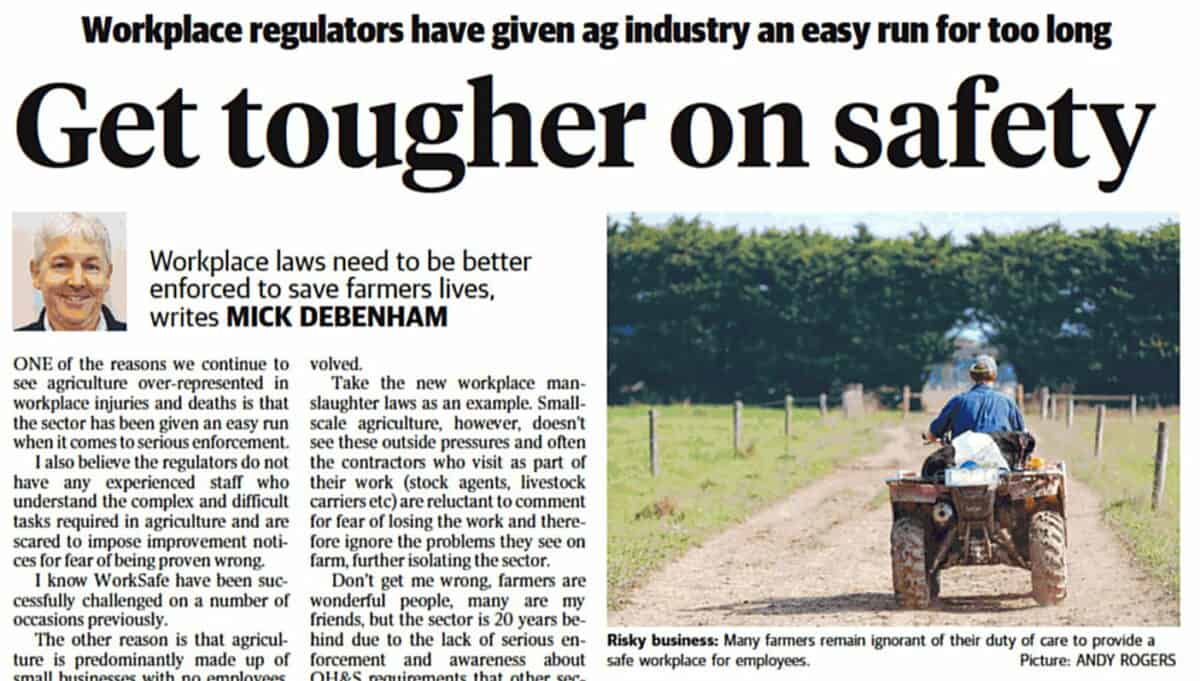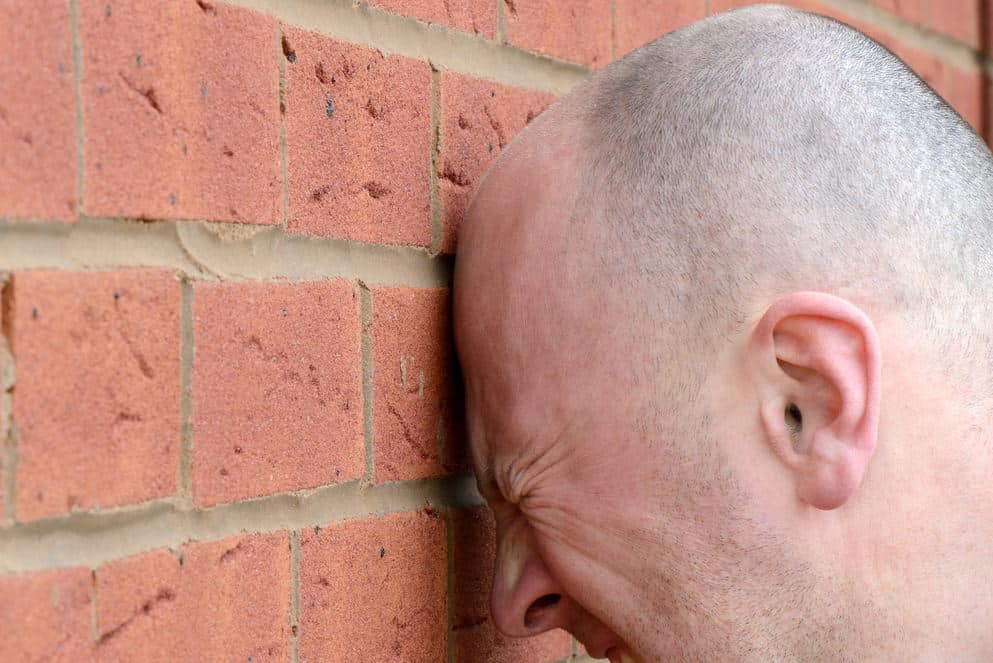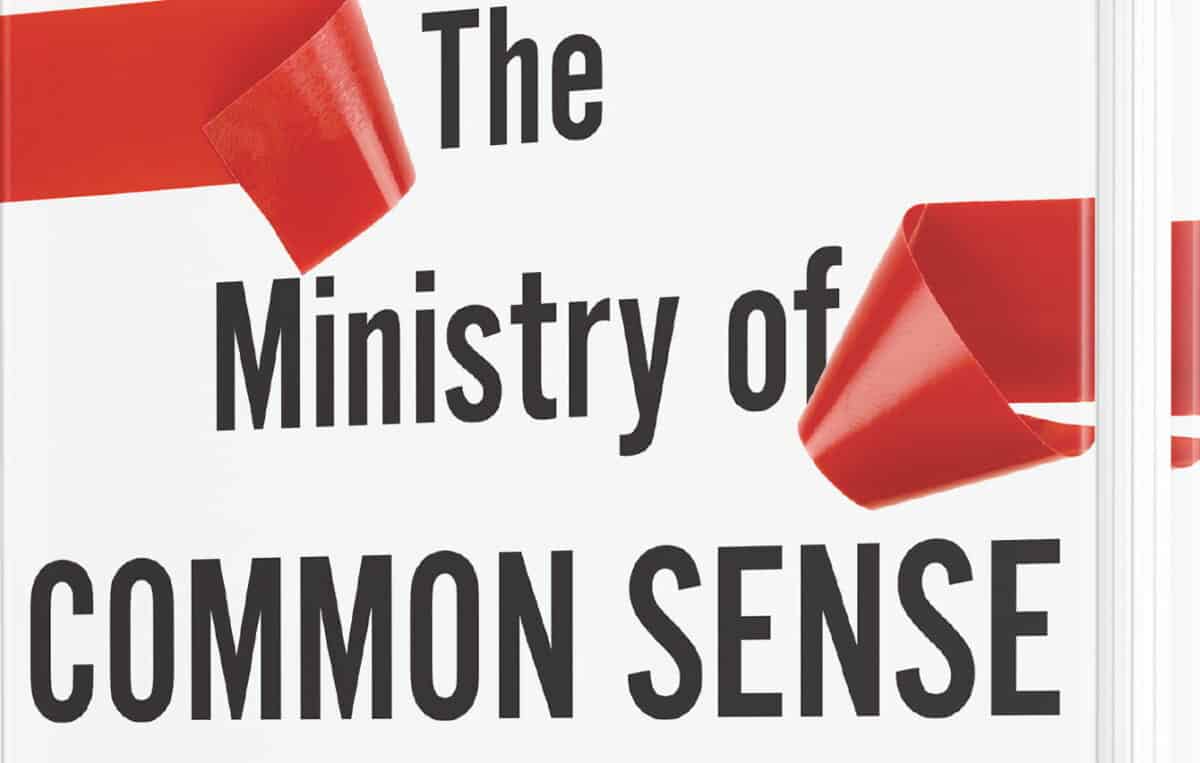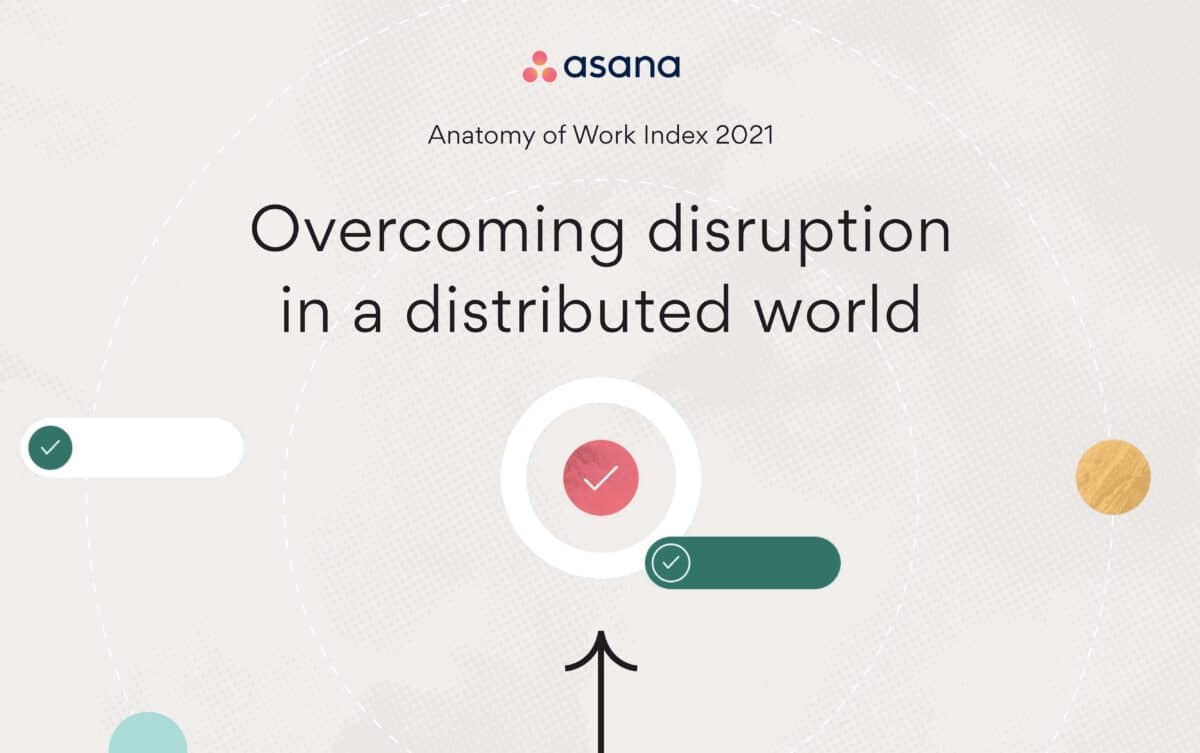There is one simple way of improving occupational health and safety (OHS) in any workplace – have the senior managers and executives be more in touch with the manufacturing process or provision of services. This will improve their understanding of the risks in their businesses and, hopefully, cause them to see the importance of improving health and safety, either for increased profitability or for the quality of life of their workers. Often the executives are too busy to take the time to visit, learn and listen and Industrial Manslaughter laws are intended to cut through this business attitude.
Recently SAI Global issued a media release about Industrial Manslaughter laws which has more to do with its certification services than the improvement of worker safety or prevention of harm. Stripping away the marketing, the media release quotes Kiran Bhagat saying:
“Industrial manslaughter laws legislated in Victoria, Queensland, Western Australia, the Northern Territory, and the ACT place legal liability squarely at the feet of the C-suite and company directors for industrial manslaughter. Organisations must ensure their compliance to OHS laws is over and above current standards and, besides, aim to meet and exceed international standards as a safeguard. The highest-ranking leaders in an organisation must be proactively involved in these processes.”
There are few OHS professionals who would disagree with this.
The content that lets this media release down and puts it into the marketing folder rather than the OHS folder is the prominent promotion of its certification services, that should be able to stand on their own content such as this in the final paragraph:






